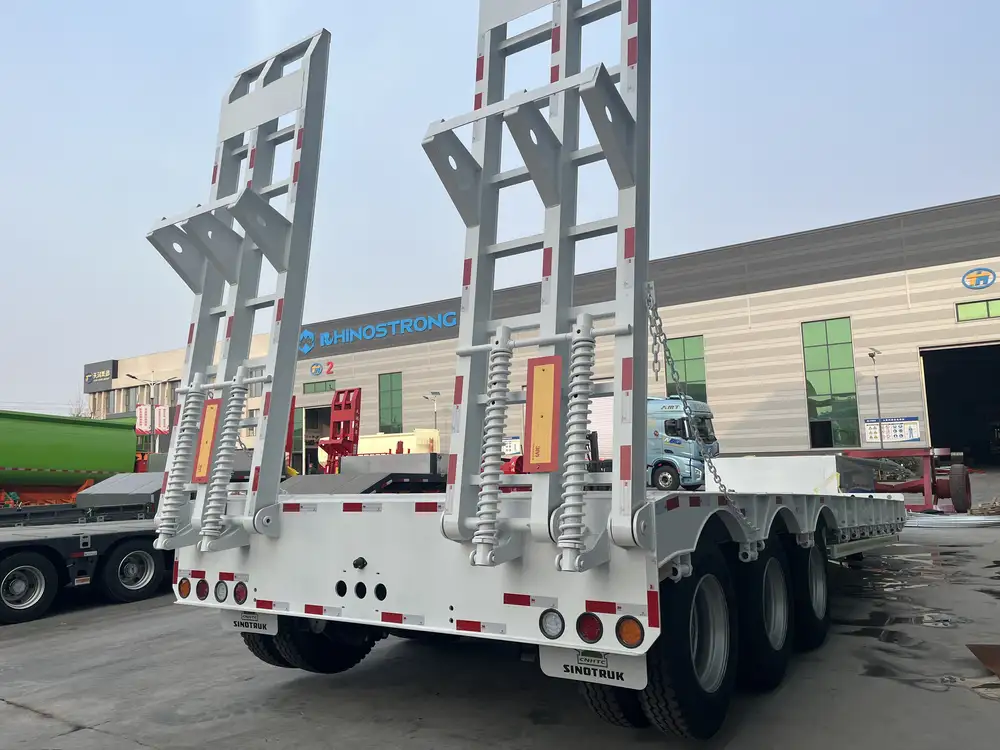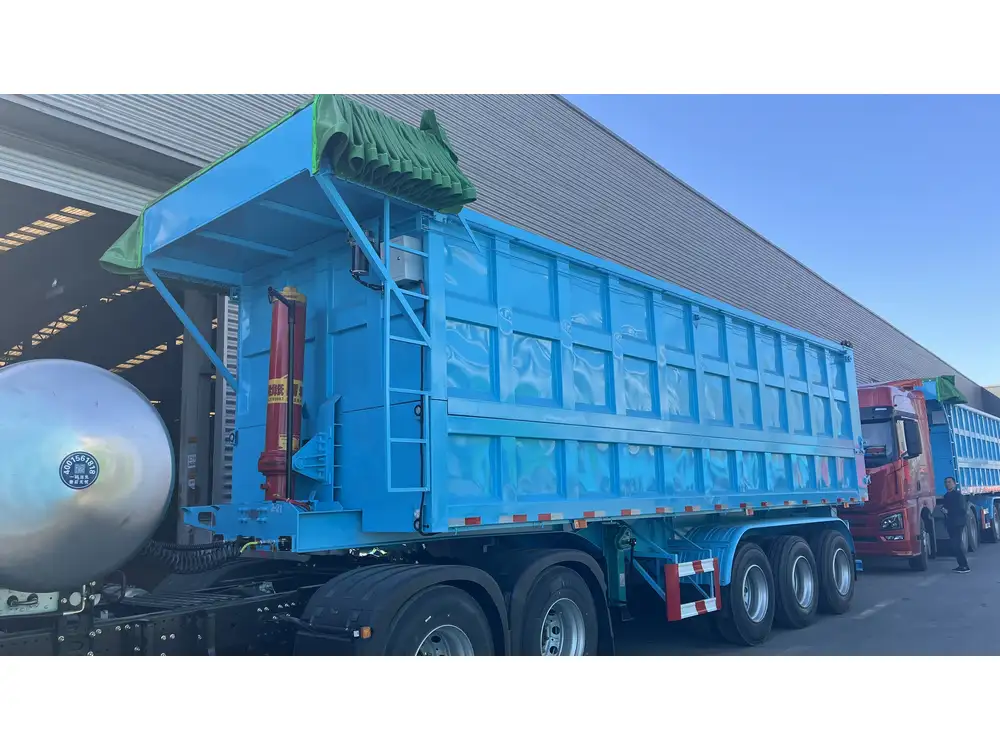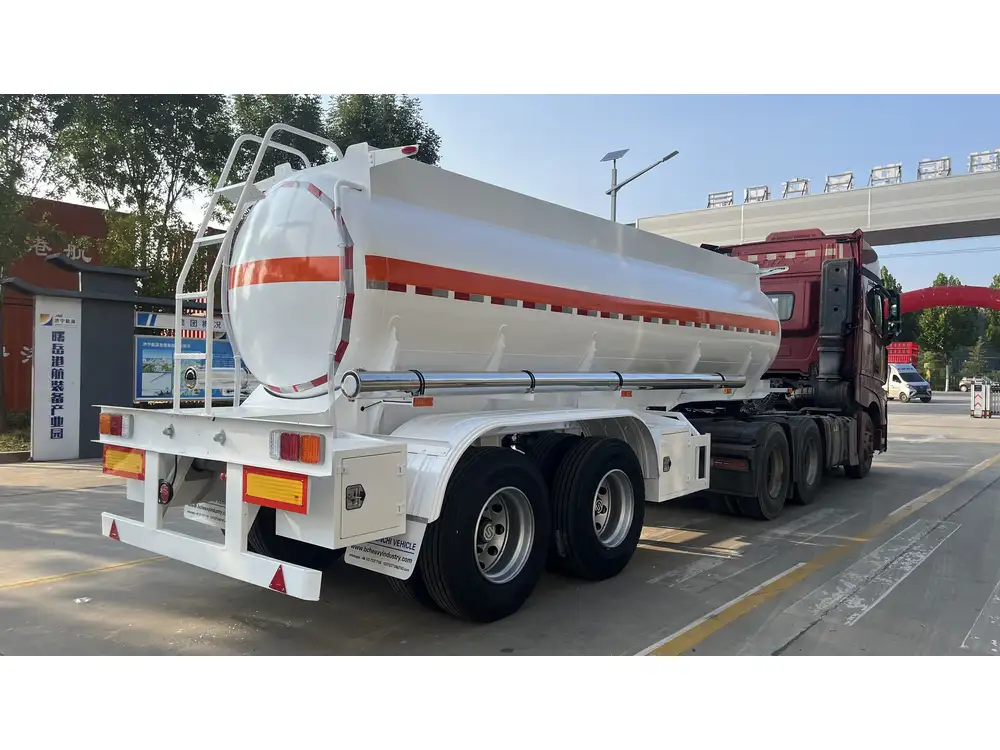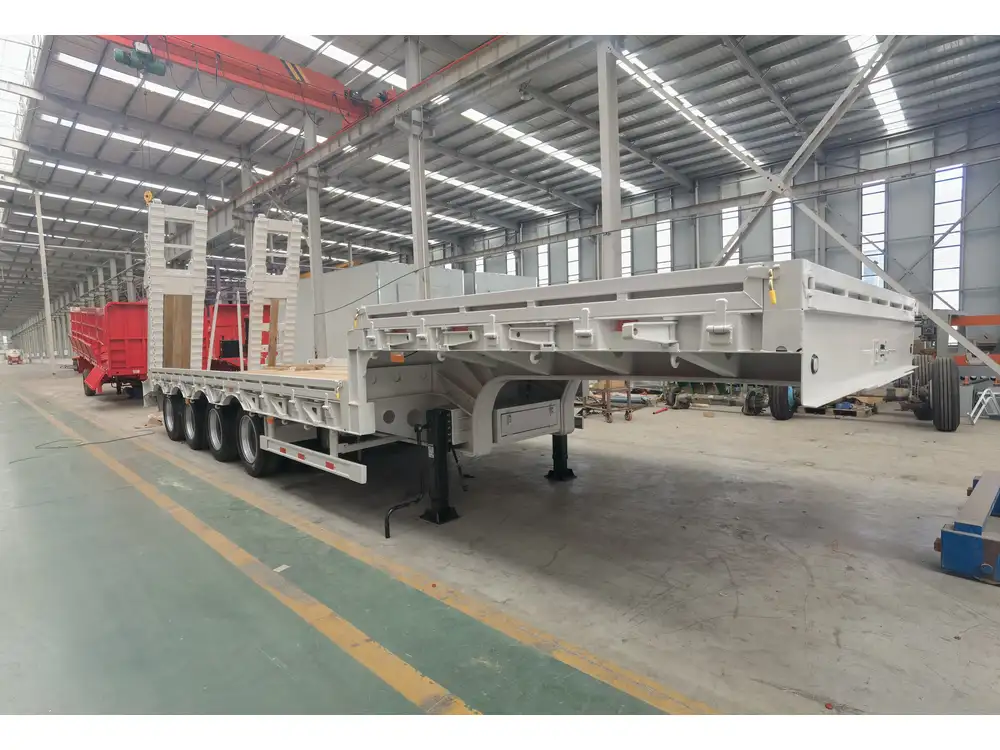Transporting a motorcycle securely is crucial for preventing damage during transit. Understanding how to strap down a motorcycle on a flatbed trailer involves more than just anchoring it at random points. It requires an organized approach to ensure safety, stability, and adherence to best practices. Below, we present a detailed guide to effectively strapping down your motorcycle on a flatbed trailer.
Essential Materials for Strapping Down Your Motorcycle
Before we delve into the specifics of strapping down a motorcycle, it’s vital to gather the necessary materials to ensure a smooth and secure process. Here’s a comprehensive list of items you’ll need:
High-Quality Tie-Down Straps:
- Ratchet straps: Ideal for securing the bike tightly without slack.
- Cam buckle straps: Easier to handle and adjust, but may not provide the same level of tension as ratchet straps.
Soft Loops or Motorcycle Tie-Downs:
- These are critical to avoid damaging your bike’s frame. They create a secure attachment point without scratching paint or marring surfaces.
Wheel Chocks:
- Essential for preventing the motorcycle from rolling or shifting during transport. Consider using adjustable chocks for different motorcycle sizes.
Protective Padding:
- Use tie-down strap protectors or towels to cushion areas where the straps make contact with the motorcycle.
Gloves:
- To protect your hands from sharp edges or dirt during the strapping process.
Ratcheting Tie-Down Tool:
- If you’re using ratchet straps, a tool can help ensure that the correct tension is applied.
Step-by-Step Guide to Strapping Down Your Motorcycle

Step 1: Position the Motorcycle Correctly
Loading the Motorcycle:
- Begin by rolling the motorcycle up the ramp onto the trailer. Ensure the ramp is sturdy and wide enough to accommodate the motorcycle wheels.
- If possible, have a second person assist in guiding the motorcycle to prevent tipping or losing balance.
Stopping at a Safe Location:
- Once the motorcycle is on the trailer, make sure it’s positioned centrally. This balance helps distribute weight evenly across the trailer and ensures stability during transport.
Step 2: Utilize Wheel Chocks
- Install Wheel Chocks:
- Place the wheel chock in front of the front tire. This will create a secure and immobilized foundation, minimizing movement during transit.
Step 3: Prepare Your Tie-Down Straps
Choosing the Right Points:
- Identify suitable anchoring points on your motorcycle. Common attachment areas include the handlebar, the frame, and the footpeg brackets.
Using Soft Loops:
- For delicate areas like the handlebars, utilize soft loops. Thread the loops through appropriate points and then attach the tie-down straps to these loops to prevent any potential damage.

Step 4: Attaching the Tie-Down Straps
Securing the Front:
- For the front end, connect the tie-down straps to the left and right handles:
- Ensure the straps are directed at a downward angle toward the trailer.
- Tighten the straps using the ratchet mechanism. The downward angle ensures that the motorcycle is pulled into the chock, enhancing stability.
Securing the Rear:
- Attach rear tie-downs to the footpeg brackets or closer (but not on) the exhaust.
- Similar to the front, the rear straps should also create a downward angle towards the trailer.
- Ensure that the motorcycle is not being pulled too tight, which may compress or damage the suspension.
Step 5: Final Checks and Adjustments
Inspecting Strap Tension:
- Make sure all straps are snug and there’s no slack. A good test is to gently shake the handlebar to ensure the bike is stable.
Adjusting for Safety:
- Reassess and adjust if necessary. Movement should be minimal once everything is fully secured.
Step 6: Adding an Extra Layer of Security
- Consider Auxiliary Straps:
- For additional peace of mind, add supplemental straps around the bottom of the motorcycle frame to minimize lateral shifting. This extra support can be especially helpful over long distances or on bumpy roads.

Common Mistakes to Avoid
Over Tightening Straps
Making straps too tight can lead to undue stress on the motorcycle’s frame and suspension. The goal is to immobilize the bike, not to compress it.
Poor Weight Distribution
Paying attention to weight distribution on the trailer is vital. Excessive weight on one side can lead to instability while traveling. Always position the motorcycle centrally.

Ignoring Weather Precautions
If transporting in rain or adverse weather, ensure your motorcycle is covered to prevent damage from the elements, using a waterproof motorcycle cover.
Frequently Asked Questions
How many tie-down straps do I need to secure a motorcycle?
A minimum of four tie-down straps is recommended: two for the front and two for the rear. Depending on the motorcycle’s size and weight, additional straps or chocks may be necessary.

Can I use ratchet straps for all types of motorcycles?
Yes, ratchet straps are versatile and suitable for most types of motorcycles. However, when securing lighter bikes or cruiser models, using cam buckle straps can be a suitable alternative.
What should I do if I don’t have a wheel chock?
If a wheel chock isn’t available, consider using blocks of wood or other sturdy materials to prevent the front tire from moving. However, a wheel chock is always preferable for maximum stability.
Is it necessary to use soft loops?
While not strictly necessary, using soft loops is highly recommended to avoid scratches and damage to your motorcycle’s finish, especially at sensitive contact points.

Conclusion: The Art of Motorcycle Transport
Strapping down your motorcycle on a flatbed trailer requires careful attention to detail, methodical approaches, and an understanding of the equipment at hand. By following the steps outlined in this guide, you ensure a safe, secure, and damage-free transportation experience for your beloved machine.
Remember, preparation is essential. Always invest in high-quality straps and accessories, as they are key to maintaining stability and protection during transit. Make the most of your motorcycle transport with careful planning and a meticulous approach, allowing you to focus on enjoying the ride once you reach your destination.
By mastering these techniques, you not only ensure the safety of your motorcycle but also gain confidence as a transport specialist. Always re-evaluate and adjust your methods based on the specific scenario at hand, ensuring that each transport is executed flawlessly and safely.



